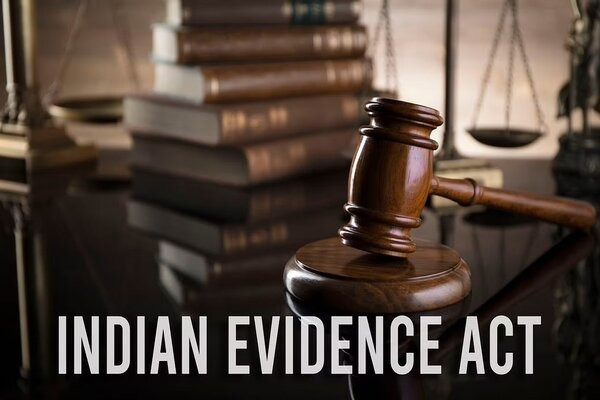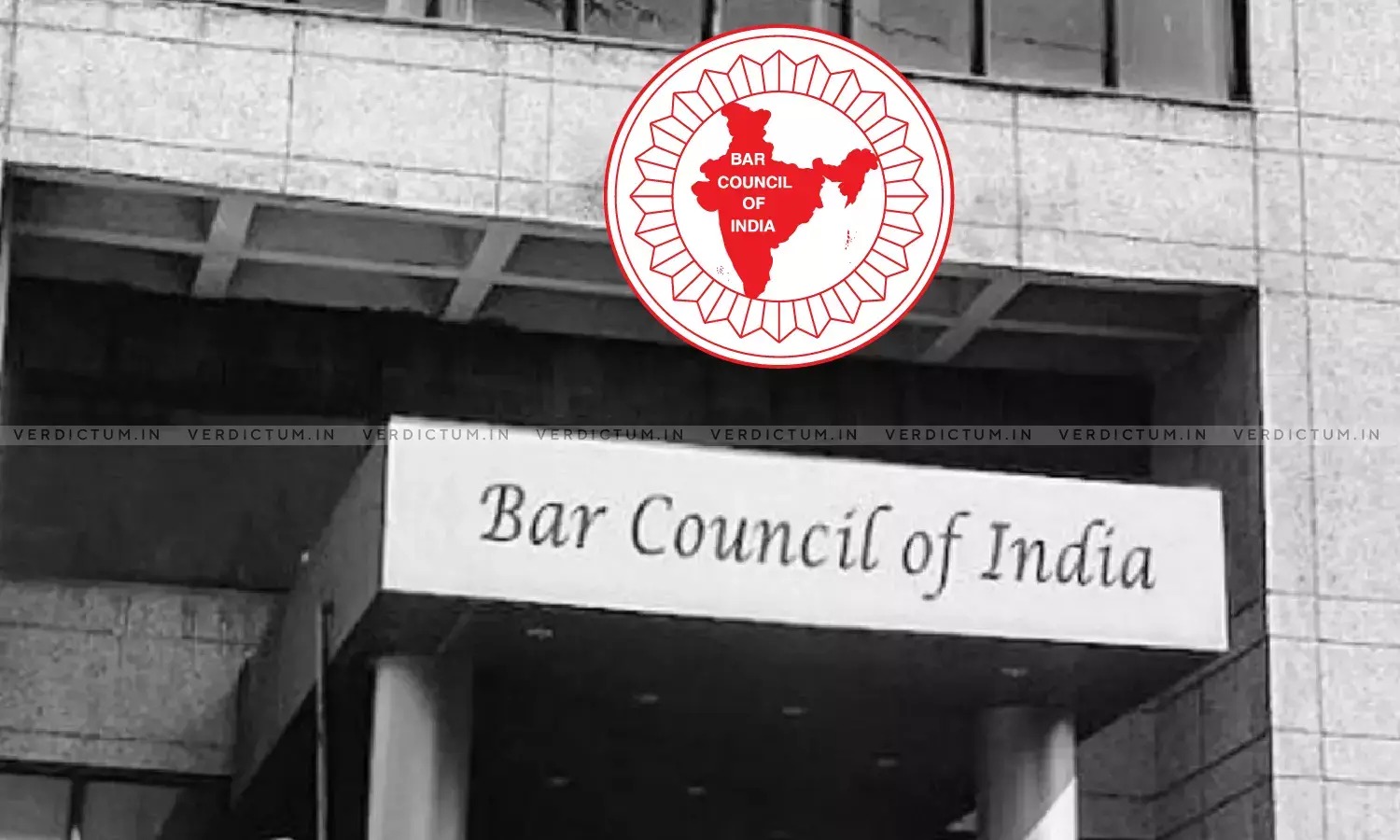R.S. Ramanathan, J.@mdashThe appellant was the sole accused in S.C.No. 16/2004 on the file of the Principal Sessions Judge, Chennai. The appellant was prosecuted for an offence under Section 302 IPC and was found guilty of the offence punishable under Section 304 (Part II) IPC and was convicted and sentenced to undergo five yours rigorous imprisonment and to pay a fine of Rs. 2,000/-, in default, to undergo rigorous imprisonment for a further period of three months and this Appeal is filed against the said conviction and sentence.
2. Mr.K.Rajasekaran, learned counsel for the appellant submitted that though the prosecution examined 13 witnesses, PW.4 is the alleged eye-witness and PW.5, the father of the deceased only heard from the deceased and except the evidence of PW.4, there is no other witness to prove the prosecution case. He also submitted that the evidence of PW.4 cannot be relied on as her presence was not spoken to by the deceased when he alleged to have given the statement Ex.P.9 and even according to the evidence of PW.4, she could not be the eye-witness. He, therefore, submitted if the evidence of PW.4 is eschewed, there is no witness to prove the guilt of the appellant. He further submitted that no attempt was made by the prosecution to record dying declaration even though the deceased was alive for two days and she was able to give information about the incident to the Doctors and that would also create some doubt about the prosecution case. He also submitted that admittedly, the deceased was tall and was having a good physique and the accused a short woman. Therefore, it would not have been possible for the appellant to throw acid on him and having regard to the injuries found on the deceased, the accused /appellant could not have poured acid on the deceased inasmuch as burn injuries were found all over the body of the deceased. He therefore submitted that if really the appellant had poured acid by facing the deceased, there would not have been any possibility of burn injuries on the back side of the deceased and admittedly, the deceased sustained injuries all over the body and it would only prove that the incident could not have been taken place in the manner as alleged by the prosecution. He also relied upon the evidence of PW.5 and submitted that PW.5 was the father of the deceased and he enquired the deceased about the manner in which the occurrence had taken place and to him, the deceased gave a different version and also did not mention the presence of PW.4 to his father and that would also make the presence of PW.4 doubtful. As such, he submitted that without considering all these aspects, the learned Sessions Judge convicted the appellant for offence under Section 304 (Part II) IPC and therefore, the appeal has to be allowed.
3. The learned additional Public Prosecutor submitted that PW.1 to PW.3 are the Doctors and PW.1 examined the deceased immediately after the occurrence and to whom the deceased informed that one woman poured acid and PW.3 the Doctor who examined the deceased on the next day deposed that the deceased informed him that Vijayalakshmi poured acid on him and there was no necessity for PW.1 and PW.3 to implicate the appellant and therefore, even assuming that PW.4''s evidence cannot be believed, having regard to the evidence of PW.1, PW.3 and Ex.P.9 statement given by the deceased, the prosecution proved the case beyond reasonable doubt and that was properly appreciated by the learned Principal Sessions Judge. He also submitted that when a person poured acid on another person, it could not be stated in precise in which part the acid would have fallen and having regard to the evidence of PW.1, PW.3, PW.4 and the statement of the deceased Ex.P.9, the prosecution has proved that the appellant poured acid on the deceased as a result of that the deceased died and the learned Sessions Judge rightly convicted the appellant for an offence under Section 304 (Part II) IPC as there was no premeditation. He therefore submitted that there is no merit in the appeal and the appeal has to be dismissed.
4. The point for consideration in this Appeal is whether the prosecution has proved the case against the accused beyond reasonable doubt.
5. As stated supra, PW.4 is the eye-witness. PW.5 is the father of the deceased and he is not an eye-witness and PW.6 who admitted the deceased in the hospital was treated as hostile. PW.1 to PW.3 are the Doctors who treated the deceased. As per the evidence of PW.1, who immediately treated the deceased after the incident, the deceased informed him that one lady poured acid on him. He also submitted that the deceased was in a fit condition to give statement. PW.3 treated the deceased on the next day and he also deposed that the deceased was conscious and was in a fit position to give answers to the questions and he enquired the deceased and the deceased informed him that at about 12.30 hours, at No. 7, Marutheeswarar Nager, Adyar, his sister, Vijayalakshmi, threw acid on him and he took treatment in a private hospital and thereafter, he was admitted in the Government Hospital. Though he has stated in the cross-examination that all those injuries could have been possible if hot water was thrown, he made it clear that it cannot be stated that the deceased died due to burn injuries by pouring hot water. PW.4 is the landlady of the accused and she came down to the ground floor at the time of fight between the deceased and the appellant, and the deceased beat the appellant and immediately, the appellant threw a bottle on the deceased and the deceased cried by reason of the burning injuries and then, she asked the appellant why you have done like that and what you have poured and she informed her that she poured acid. She also stated that the deceased was not wearing any shirt at that time. She was cross-examined and nothing has been elicited in that cross-examination. Though PW.4 has stated in the cross-examination that she was not there where MO.1 bottle was thrown away by the appellant, it cannot be concluded that PW.4 could not be an eye-witness.
6. PW.5, the father of the deceased, on coming to know of the incident, met the deceased in the hospital and the deceased informed him about the incident and also that the appellant under the pretext of giving juice mixed acid with water and poured on him. This was taken advantage by the learned counsel for the appellant to contend that PW.5, the father of the deceased gave a different version regarding the incident as spoken to by the deceased and having regard to the statement of PW.5, the evidence of PW.4 and PW.3 cannot be believed.
7. The learned counsel for the appellant also submitted that PW.12 Inspector of Police had stated in his cross-examination that Ex.P.9 was recorded by somebody and he attested the same and therefore, Ex.P.9 cannot be believed. He further submitted that the deceased was conscious enough to give statement. The prosecution, therefore, ought to have obtained Dying Declaration in the presence of Judicial Magistrate and having failed to take such declaration, it can be presumed that the deceased was unable to give his statement and therefore, Ex.P.9 cannot be believed.
8. According to me, the evidence of PW.1, PW.3 and PW.4 conclusively proved that the appellant had poured acid on the deceased and as a result of that the deceased died. The learned Principal Sessions Judge has given cogent reasons for believing the evidence of PW.4 and the learned Sessions Judge has rightly given explanation for not mentioning the presence of PW.4 by the deceased in Ex.P.9 by stating that the deceased was fighting for his life and at that moment, he gave such statement and therefore, non-mentioning of PW.4 would not create any doubt on the evidence of PW.4. It is not the case of the appellant that the deceased was unconscious and was not in a position to give statement as alleged by the prosecution. In the absence of suggestion to PW.1 to PW.3, PW.5 and PW.12, it cannot be contended by the appellant that Ex.P.9 would not have been given by the deceased. The learned Sessions Judge also discussed the contention of the learned counsel for the appellant that the statement of the deceased and his signature had been scribed in one ink and the endorsement by the Sub Inspector of Police had been done in a different ink, and stated that it is quite natural for the Sub Inspector of Police to make an endorsement after he received the complaint in a different ink. Similarly, the learned Sessions Judge has discussed the evidence of PW.1, PW.3 and PW.4 and correctly came to the conclusion that the evidence of PW.1, PW.3 and PW.4 and Ex.P.9 would prove the case of the prosecution beyond reasonable doubt and rightly convicted the appellant under Section 304 (Part II) IPC. I do not find any reason to interfere with the same.
9. Ultimately, the learned counsel for the appellant further submitted that the punishment is excessive and the period of sentence already undergone by the accused/appellant be set off against the sentence and she may be set at liberty.
10. I am unable to accept the contention of the learned counsel for the appellant in view of the fact that it is a case of causing death by throwing acid and the deceased was none other than the cousin brother of the accused/appellant and that the appellant had not spared a moment to throw acid on him and such result of the act cannot be used to reduce the sentence as sought for by the learned counsel for the appellant. According to me, having regard to the nature of the offence committed, the sentence can be reduced to 3 years instead of five years as sentenced by the learned Sessions Judge.
11. In the result, the Criminal Appeal is dismissed. However, while confirming the conviction of the accused, the sentence imposed on the accused by the judgment of the trial Court is modified to the period of three years. The period of sentence already undergone by the accused/appellant is directed to be given set off.
12. The trial Court is directed the secure the presence of the accused/appellant forthwith and commit her to prison to undergo the remaining period of sentence.

